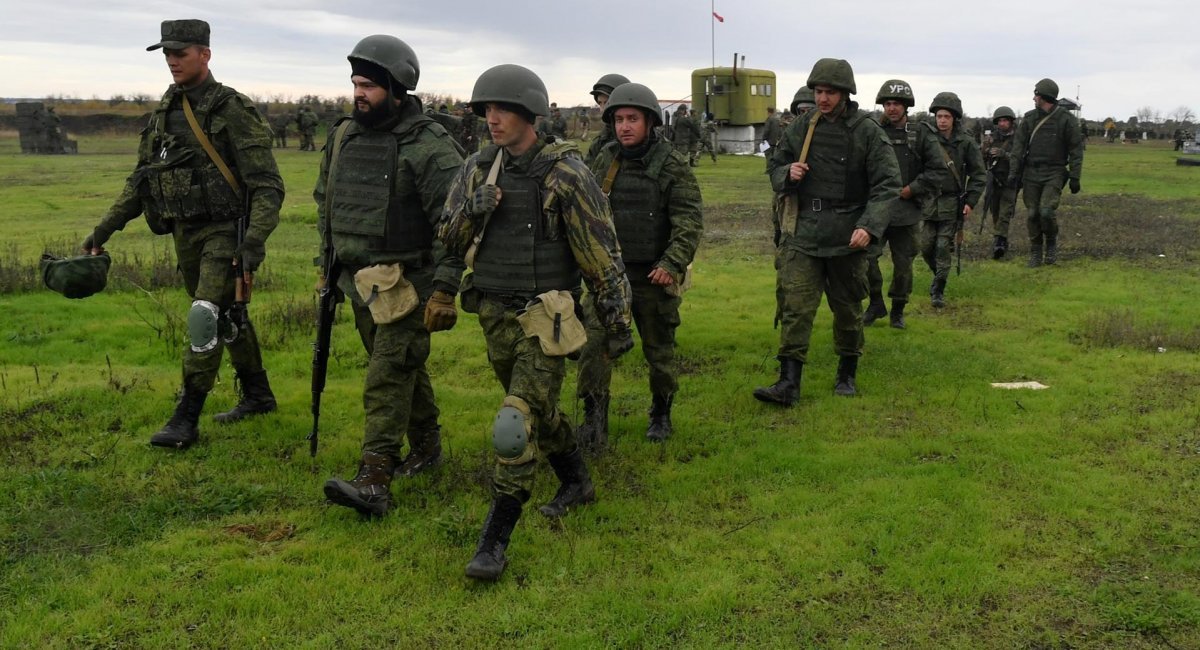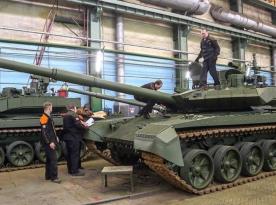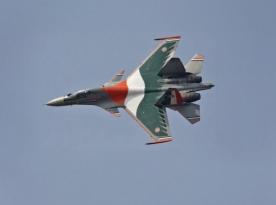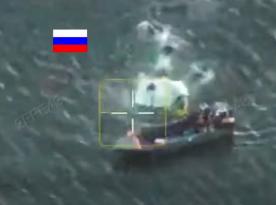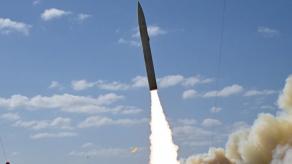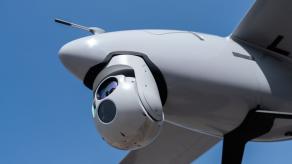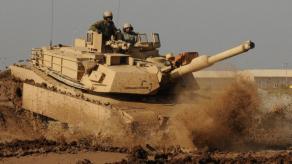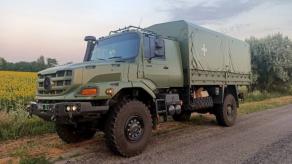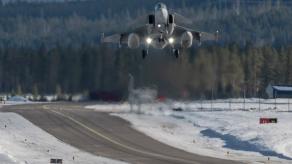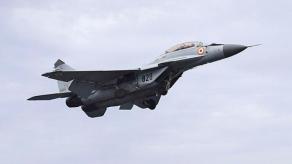russia's so-called Cabinet of Ministers has approved a draft law allowing individuals from the mobilization reserve to be deployed beyond russian territory during armed conflicts. The crucial detail is that such deployment can now occur without declaring mobilization and in peacetime, not only during wartime as currently stipulated.
With a high degree of probability, this decision will swiftly pass all required votes in the russian parliament and enter into force in the near future. Depending on operational needs, it could be formalized within just a few days.
Read more: russia Reveals Number of KОZ-U-SH Protective Nets Covering Refineries Against Ukrainian Deep-Strike Drones
These changes specifically concern russian reservists—individuals who have signed contracts with the russian Ministry of Defense to serve in the reserve. According to official statements, the estimated number of such reservists reaches up to 2 million people.
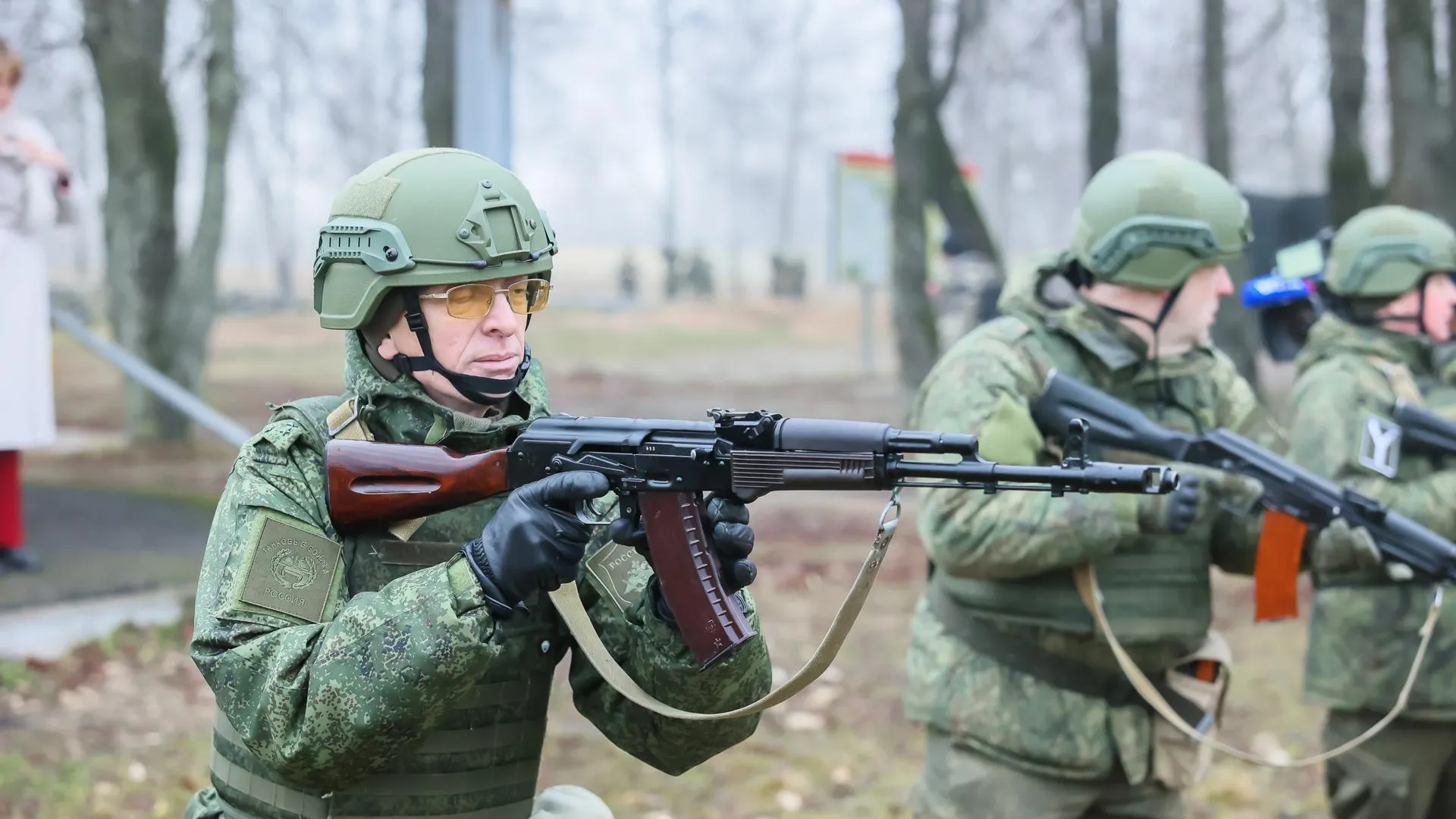
This figure should not be confused with the broader mobilization reserve, which includes all citizens of eligible age and health. However, the exact number of reservists currently under contract — who clearly serve as a recruitment pool for active-duty service — remains unknown.
Overall, this information should be viewed against the backdrop of ongoing discussions about the Kremlin's potential plans to conduct another mobilization campaign in one form or another. The decision to expand the use of reservists may, in fact, serve as its legal cover.
The so-called "partial mobilization" in 2022 involved around 300,000 people, triggering significant social tension within russia. It was later replaced by a "creeping" mobilization, relying on voluntary contracts and substantial financial incentives to attract recruits. However, even russian sources have complained about the limited effectiveness of this approach and its heavy financial burden.
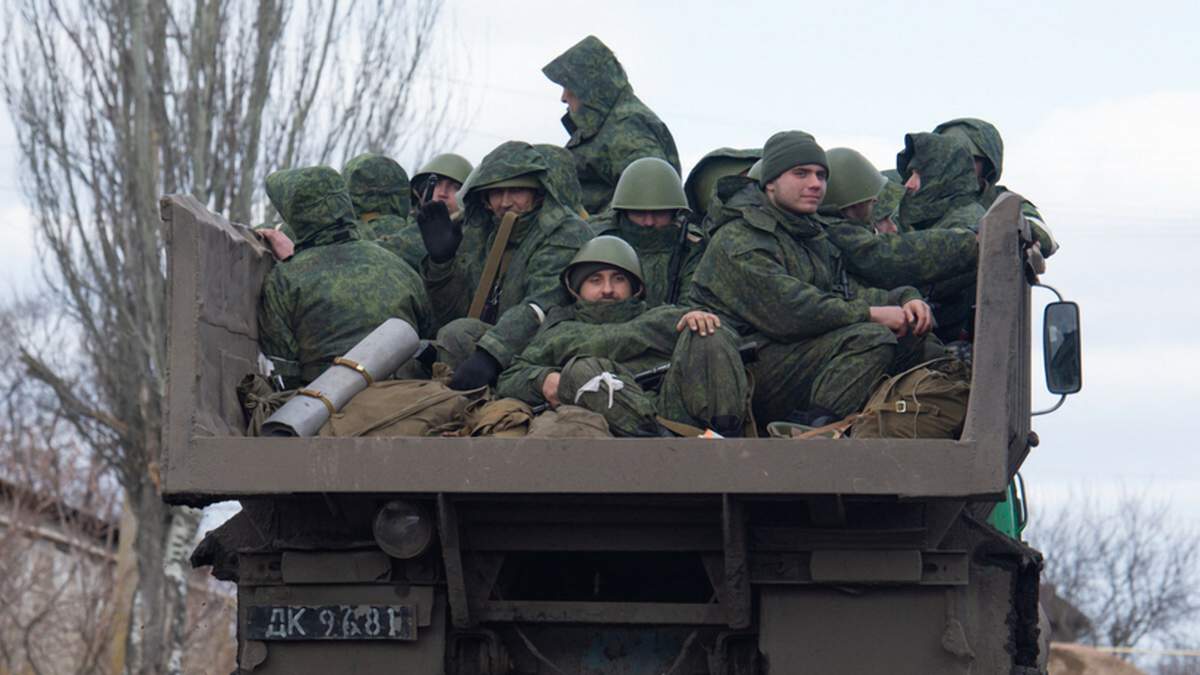
Whether the Kremlin will be able to meet its demand for "cannon fodder" through reservists remains unclear — as do its specific plans regarding the scale and process of deploying them. Logically, the procedure should begin with calling them up for military training.
It is worth noting that service in the russian reserve is compensated at up to 6,000 rubles (around $75) for privates, sergeants, and warrant officers, and up to 10,000 rubles (around $125) for officers. Failure to appear for training carries both administrative and criminal liability in russia.
Read more: Belarusian Armed Forces Placed on Full Combat Readiness Following Lukashenko's Order




